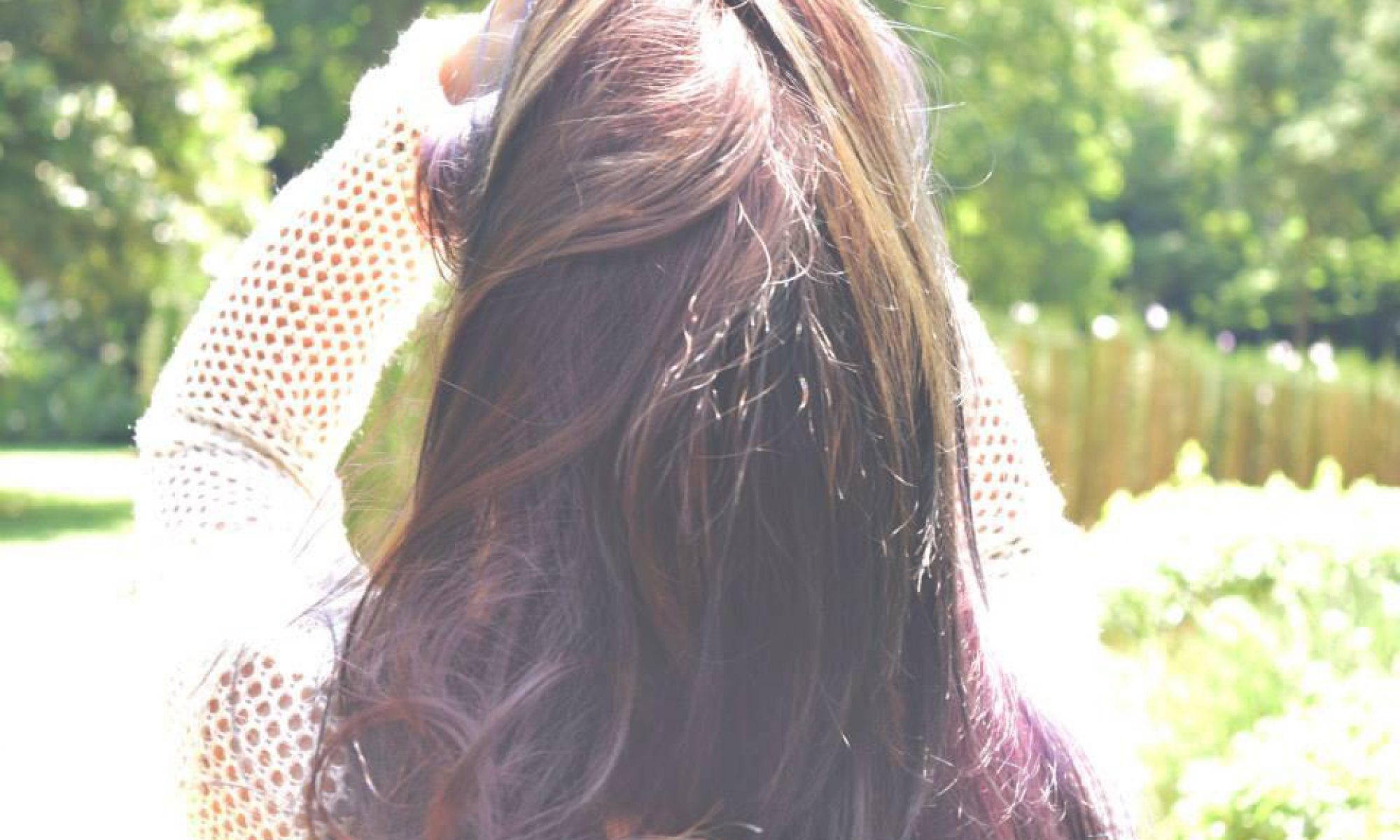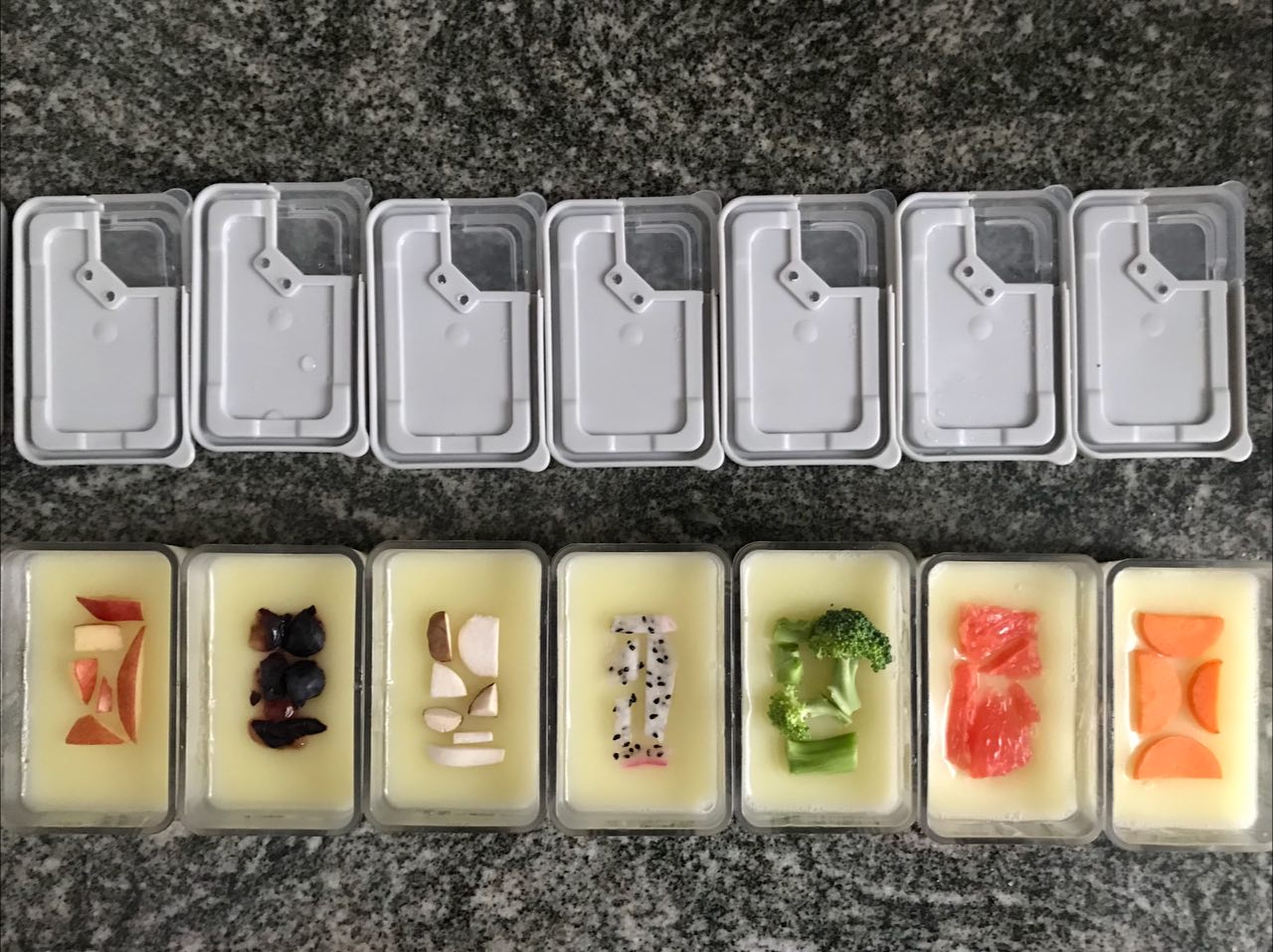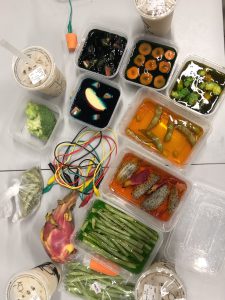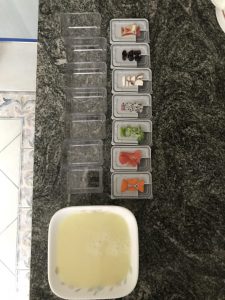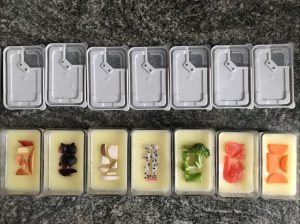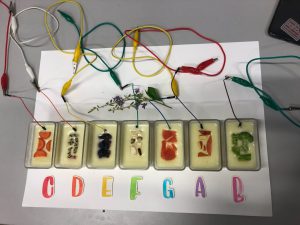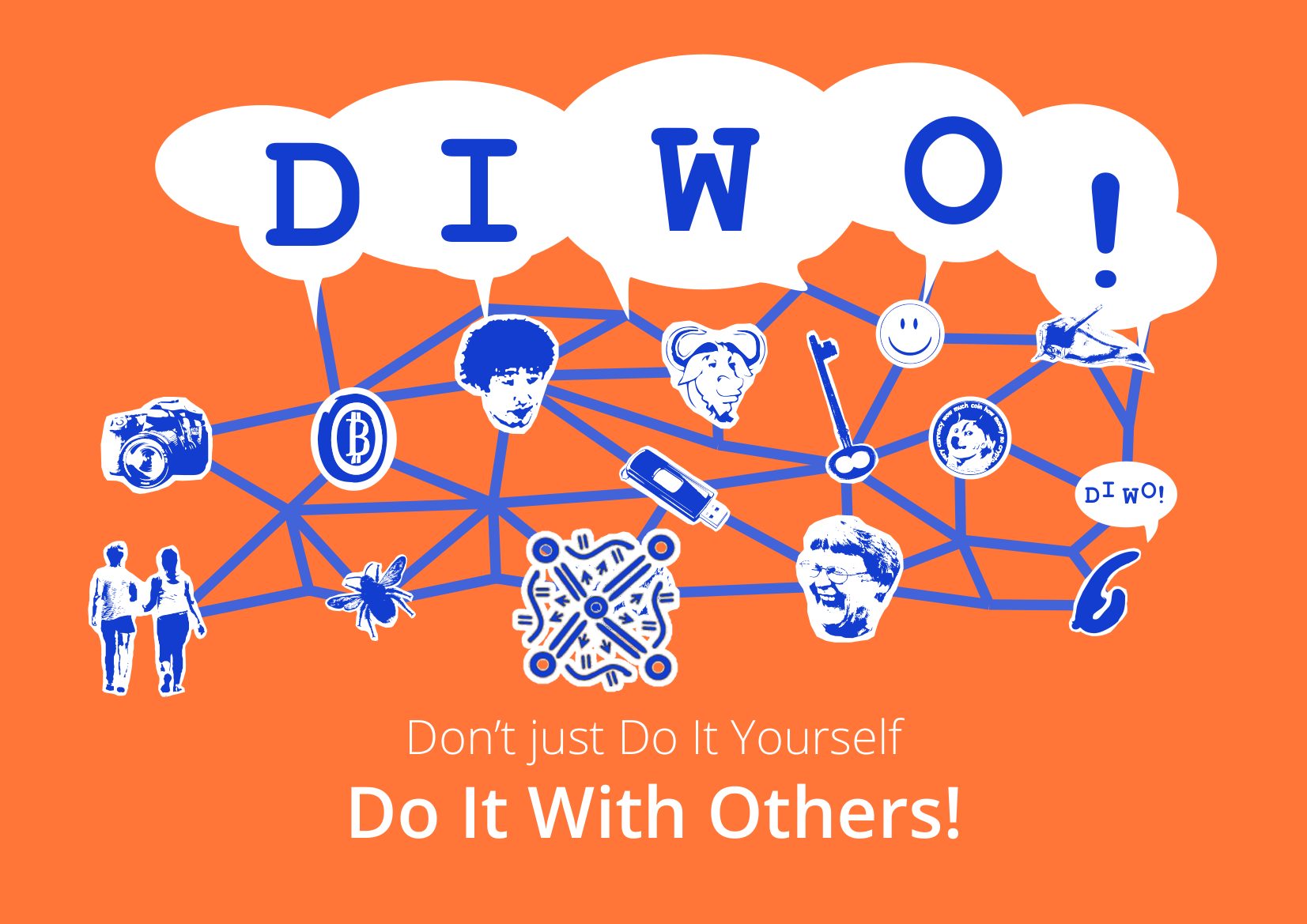For my whole concept, I wanted to try out different mediums individually.
For the name to use for the occupations, I decided to use j a m z
That’s my nickname – everyone calls me jamz instead of jamie, so I decided to use that instead, and it’s just fitting for the 4 occupations.
J – POST-MAN
To show the dying trade, I was thinking of doing a collage of mailed letters, to form the letter. I came up with a few different concepts and settled on doing the concept of burning.
To show the trade dying, burning was suitable – to show the trade burning to death.

To make use of the curve of the bottom of J, I put tons of paper ashes, to show that the ashes are being collated at the bottom. It gradient from the top of J, slowly burning down.
A – LANTERN PAINTER
This was the hardest concept to come up with!!
I wanted to portray the uniqueness of the trade, and also it dying off. Also to show that lantern painting is hand-painted and unique to each, I decided to put a string of lanterns that are the same – showing that it’s machine-made, which is what many people buy/use now.

To show it being an individual thing, I decided to use the letterform A to make a huge lantern, and it floating into the sky.

This is the print design of the lantern, inspired from online images I saw from Mr Yeo Hung Teo’s lanterns!
This is the final image of the ‘A’ lantern.

Finally, I added both elements in, and used a night sky background, to bring out the lanterns.
M – HAWKER CENTRE CLEANER
To show the “taking over” of robots from human hawker cleaners, I made use of the letterform M, to make robot & human arms joined together.
The initial robot arm I used was more like a claw machine, which I didn’t really fancy, and wanted to make one that was more human-ish.
So I used another robot arm, that has more hand and fingers!

To add on the context of robot and human arm, I had them hold a tray together, cleaning up a table at the hawker centre.

This is the final look of the tray, the left side held by the robot and right by a human.
A tip from Joy was to show the different between the robot’s side of the tray vs the human’s. To show that humans are more attentive, I had the human’s side of the tray look cleaner while the robot’s side to be messy and the robot not cleaning it – as they are robots.
This accentuates the contrast more about technology and the occupation dying out, with a heavy local context.

To show that it is a hawker centre table, I used a round table and bright colours. Furthermore, I used a table number – to show that the table is at a hawker centre, and a packet of tissue – which many Singaporeans do to “chope” tables!

Merging all the elements together, this is my final artwork for the letter “M”.
Z – BATIK FABRIC MAKER
To show batik, I decided to use traditional mediums and do batik.
My initial plan was to put a combination of motifs into the letterform Z, but I thought it might look a little too similar to A.
Then while researching I found that the motif crane looks really similar to the letterform Z. Furthermore, crane is a motif that represents long life too. Which is really suitable for this scenario, due to the irony of long life, and the craft not having a long life.

So I drew the crane to look like a Z, and leaving some parts at the bottom un-finished – to show that the maker gave up due to it being hard, and having more details at the top.
And that’s my design process for each of the letters!
Till then,
Flazéda!
jamz
x
